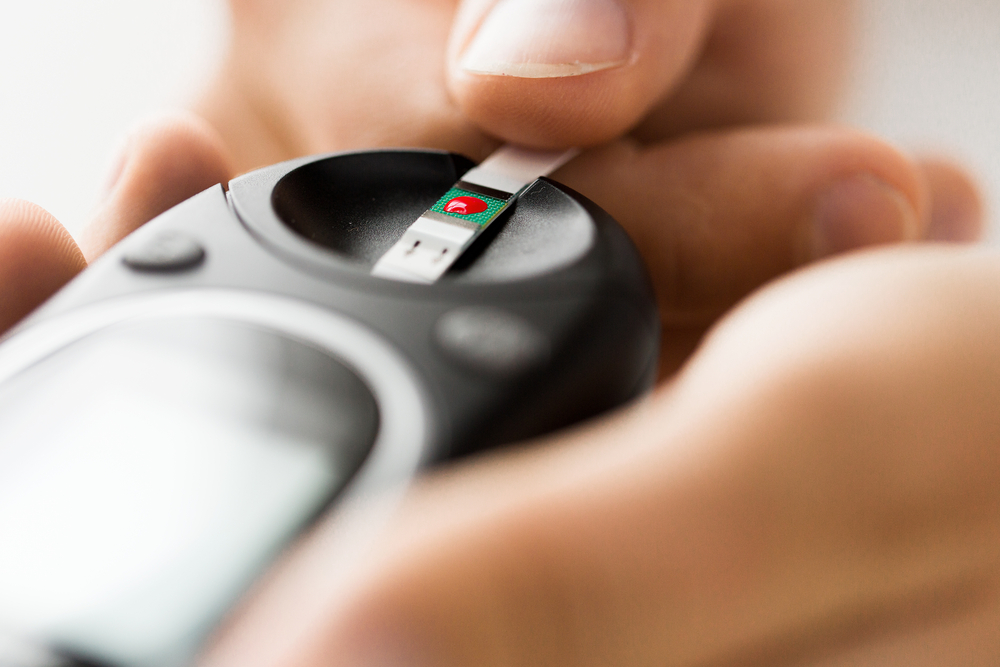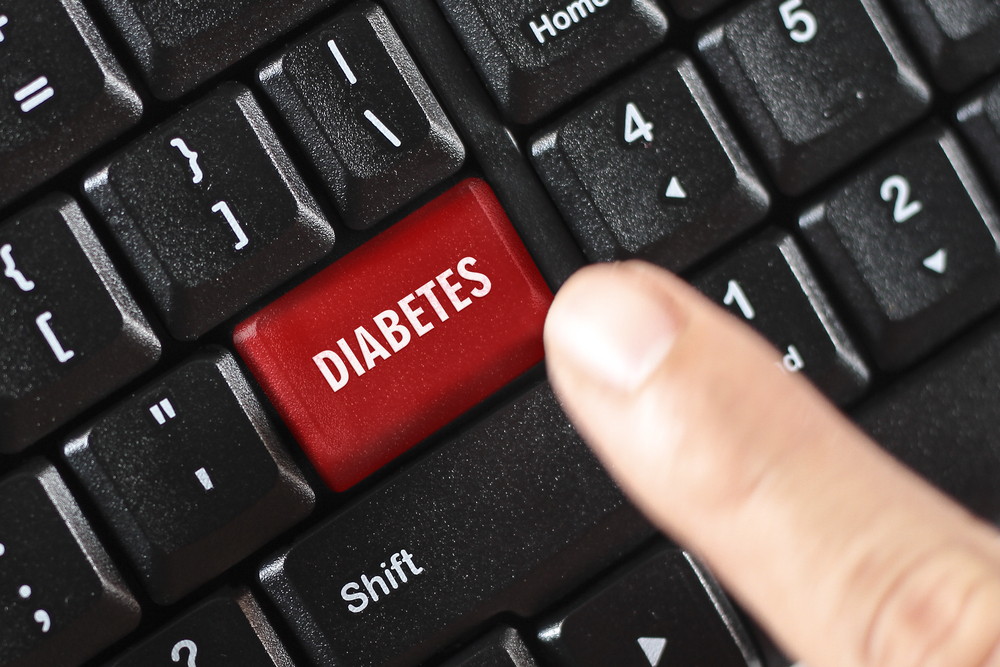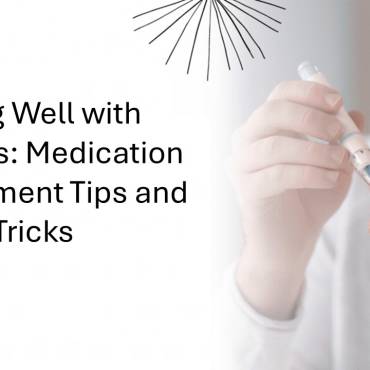How do you know if you have developed diabetes? Most early symptoms are from raised than normal levels of glucose (sugar) in your blood stream.
Understanding diabetes
Diabetes is a metabolic disease defined by high glucose levels in the bloodstream. During the condition, the pancreas does not produce enough insulin, or you can say that the body is not able to effectively use the insulin it produces. Insulin is a hormone, which is useful in regulating blood glucose and also maintains an increase in protein synthesis, the release of fatty acids, glucose uptake, gluconeogenesis, glycerol, and triglycerides. Increased blood glucose levels can also be called as hyperglycemia is a common effect of uncontrolled diabetes and over time cause serious damage to nerves and blood vessels.

Also Read: Find Best Medications for Type 2 Diabetes
Types of diabetes
There are three types of diabetes, namely type 1, type 2, and gestational diabetes. Type 1 occurs when the immune system of the body kills the cells that are responsible for making insulin hormone. These cells are often called as pancreatic beta cells and are there for regulating blood glucose in the body. Type 1 is mostly found in children but can be occurred at any age. A patient suffering from type 2 diabetes develops insulin resistance, a condition in which the cells are unable to use insulin properly. During type 2, the pancreas loses its ability to produce the necessary hormone. Type 2 is more common in adults usually older than 30 years of age. The third type is gestation, is a form of glucose intolerance in some females at the time of pregnancy.
Commonly recognized symptoms
The warning sign of the chronic disorder can be so mild that you don’t even notice them. This happens especially in cases of type 2 diabetes. Many people with type 2 diabetes are unable to find out that they have a chronic disorder until they face complications from long term damage caused by the illness. However, in the case of type 1 diabetes, the symptoms develop quickly in a few days or weeks, and they are much severe in nature as compared to type 2 diabetes.
- Both types of diabetes have almost same symptoms. Hunger and fatigue are the most common warning signs of the disease. What actually happens, when you eat, your body converts food into glucose or sugar that your body cells use to produce energy? But, the body cells require insulin to bring glucose in. If your body does not make enough insulin, or if your cells resist insulin that your body produces, the glucose can’t convert to produce energy and ultimately you lack energy, which makes you tired and hungry than normal.
- An average person uses toilets to pee shown 4 to 7 times a day, but a diabetic may use a lot more. People with diabetes peeing more often than people with controlled blood glucose levels. A healthy individual’s body re-absorbs pee while in diabetes patients, blood sugar rises and your kidney is unable to bring it back in, which individual more urine to collect in the urinary bladder and uses body fluids to make urine.
- Patients with diabetes mellitus often have dry mouth and itchy skin. This is because your body is using fluids to make urine; there is less moisture in the body. You could get dehydrated, and you often have dry mouth. Due to less moisture in the body, your skin feels dry, which make you itchy.
- Alteration in the body fluids can swell your lenses in the eye and you may develop blurred vision. The shape of eye lenses changed and they lose their ability to focus.
Also Read: Air Pollution Can Raise Risk of Type 2 Diabetes
Diabetes treatment
A type 2 diabetes treatment is possible through diet, exercise, and weight loss. Studies have shown that people who change their lifestyle habits and include exercise, diet and weight loss programs in their daily routine can regain normal blood glucose levels. Medications may also be used for diabetes care. If an individual is not successful in making lifestyle changes, the only remaining option is medication. However, your doctor may prescribe diabetes medication along with diet and exercise.



